The Surprising Potential of Rainwater: Turning Floods into Power
Rainwater, often viewed as a nuisance during heavy downpours that cause flooding, has the potential to be harnessed as a sustainable source of energy.
Instead of perceiving floods as a problem, they can be seen as an opportunity by turning floods into power in a clean and renewable manner.
By capturing and utilizing rainwater, the impact of floods can be mitigated, and a valuable resource for energy production can be created.
One of the most promising methods for harnessing the power of rainwater is through hydroelectricity.
When heavy rainfall causes rivers and streams to swell, the potential energy stored in the water can be converted into electricity using turbines.
This centuries-old method has become even more efficient and cost-effective with advancements in technology.
Strategically placing hydroelectric facilities in flood-prone areas allows for the natural flow of water to be harnessed,
providing a reliable source of power and reducing the impact of floods.
Another innovative approach to utilizing rainwater for power generation is pumped storage hydropower.
During periods of heavy rainfall, excess water can be pumped from lower reservoirs to higher ones, storing potential energy.
When electricity demand is high, the water is released back down to the lower reservoir, generating power as it flows through turbines.
This method enables the storage of excess rainwater, which can then be used to meet peak energy demands,
making the most of this renewable resource. By tapping into the potential of rainwater,
what was once seen as a problem can be transformed into a valuable asset for sustainable energy production.
Harnessing the Power of Rainwater: A Sustainable Solution for Energy

The untapped potential of rainwater as a source of renewable energy is truly remarkable.
With the right infrastructure and technology in place, we can transform floods into a valuable resource for power generation.
By turning floods into power, we can move towards a more sustainable and environmentally friendly approach to meeting our energy needs.
This not only helps to reduce our reliance on fossil fuels but also mitigates the impact of floods, creating a win-win situation for both energy production and flood control.
Rainwater has the potential to play a significant role in the future of sustainable power generation.
By investing in innovative technologies and infrastructure for capturing and utilizing rainwater,
we can create a reliable source of renewable energy that is not only clean but also abundant.
With climate change leading to more frequent and intense rainfall events, it is crucial that we start looking at rainwater as
a valuable resource that can help us meet our energy needs in a way that is both environmentally responsible and economically viable.
Turning floods into power is like turning crisis into opportunity which is at the heart of harnessing the power of rainwater for energy production.
Instead of viewing floods as a disaster, we can start seeing them as a chance to capture and utilize a valuable resource for power generation.
By investing in research and development in this area, we can unlock the full potential of rainwater as a renewable energy source,
paving the way for a more sustainable and resilient energy future.
With the right approach, we can turn what was once seen as a problem into a solution that benefits both the environment and society as a whole.
Innovative Solutions
Rainwater flooding has traditionally been viewed as a destructive force, causing infrastructure damage and posing a threat to communities.
However, recent innovations have revealed that this abundant resource can also be utilized for generating clean electricity.
By capturing the energy of rainwater flooding, we can not only mitigate the negative impacts of flooding but also create a sustainable and renewable energy source.
One of the most promising methods for harnessing the power of rainwater flooding is through the use of hydroelectric generators.

These generators operate by capturing the kinetic energy of flowing water and converting it into electricity. By strategically placing these generators in areas prone to flooding, we can effectively transform a potential disaster into a valuable energy resource.
Furthermore, advancements in turbine technology have made it possible to generate electricity from even small streams and rivers, further expanding the potential for rainwater flooding energy generation. Another innovative approach to harnessing rainwater flooding for electricity generation is through the use of kinetic energy recovery systems (KERS). These systems operate by capturing the energy of moving water and converting it into electrical power.
By installing KERS in drainage systems and flood channels, we can effectively capture the energy of rainwater flooding as it flows through urban areas.
This not only provides a renewable energy source but also helps to manage stormwater and reduce the risk of flooding in urban environments.
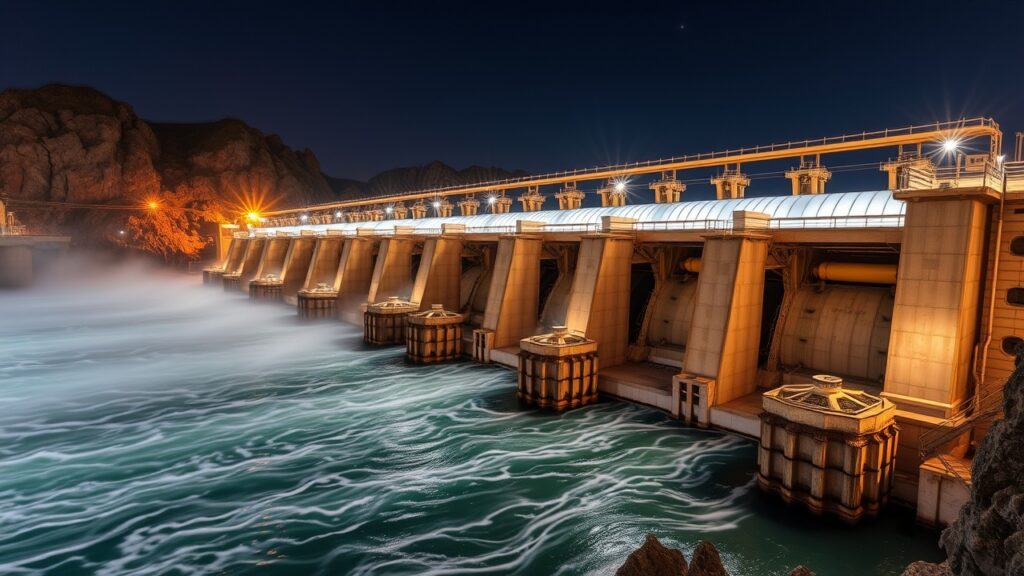
The Potential of Converting Rain Flood Water into Electricity
The potential for converting rain flood water into electricity is vast,
with numerous opportunities for energy generation in both urban and rural environments.
In urban areas, where stormwater management is a critical concern, the use of rain flood water for electricity generation
can provide a dual benefit by reducing the risk of flooding and creating a sustainable energy source.
Additionally, the use of kinetic energy recovery systems in urban drainage systems can help to alleviate pressure on traditional power grids,
providing a decentralized energy source that is resilient to disruptions.
In rural areas, where access to traditional energy sources may be limited, the potential for rain flood water energy generation is even more significant.
By harnessing the power of flowing water in rivers and streams, communities can create their own renewable energy sources,
reducing their reliance on fossil fuels and improving energy security.
Furthermore, the use of small-scale hydroelectric generators can provide a reliable source of electricity for off-grid communities,
improving quality of life and supporting economic development.
Overall, the potential for converting rain flood water into electricity is vast, with opportunities for energy generation in a wide range of environments.
By tapping into this abundant and renewable resource and turning floods into power, we can create a more sustainable
and resilient energy infrastructure that benefits both urban and rural communities.
Innovative Technologies for Generating Clean Electricity from Rain Flood Water
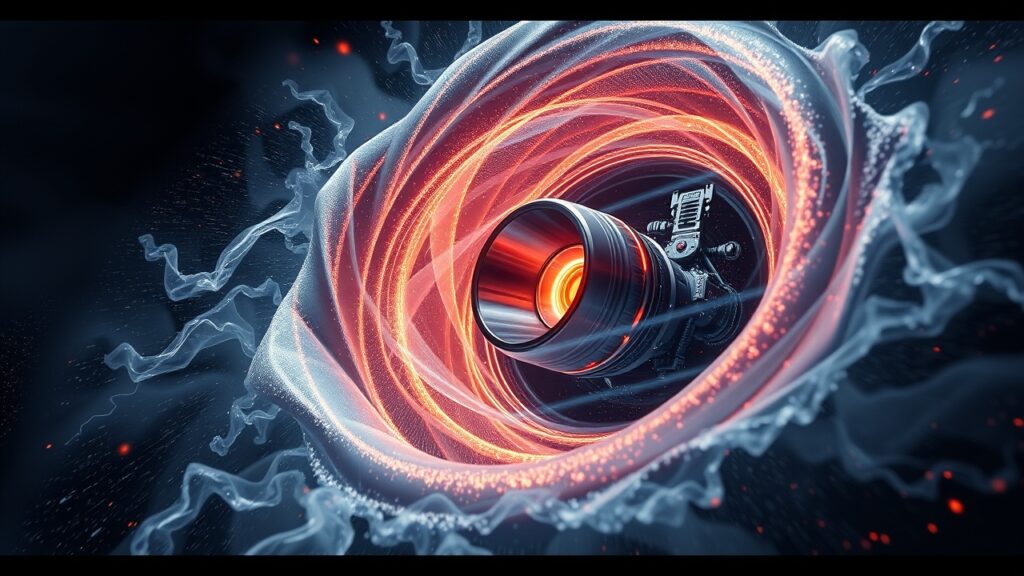
The development of innovative technologies for generating clean electricity from rain flood water has opened up new possibilities for sustainable energy generation.
Another such technology is the use of vortex generators, which work by creating a swirling motion in flowing water to capture its kinetic energy.
These generators can be installed in drainage systems and flood channels to capture the energy of rain flood water as it flows through urban environments.
Additionally, advancements in turbine design have made it possible to generate electricity from even low-flowing water,
further expanding the potential for vortex generators as a renewable energy source.
Another innovative technology for generating clean electricity from rain flood water is the use of piezoelectric materials.
These materials are able to convert mechanical stress, such as that caused by flowing water, into electrical energy.
By incorporating piezoelectric materials into infrastructure such as bridges and flood barriers,
we can effectively capture the energy of rain flood water and convert it into electricity.
This not only provides a renewable energy source,
but also enhances the resilience of critical infrastructure by creating self-powered monitoring and communication systems. In addition to these technologies,
advancements in energy storage systems have also played a crucial role in enabling the effective generation of clean electricity from rain flood water.
By pairing rain flood water energy generation with advanced storage technologies such as batteries and supercapacitors,
we can ensure a reliable and consistent power supply, even during periods of low rainfall or flooding.
This not only enhances the viability of rain flood water energy generation as a sustainable energy source,
but also supports the integration of renewable energy into existing power grids.

Addressing Environmental Challenges with Rain Flood Water Energy Solutions
The use of rain flood water for electricity generation presents an innovative solution to address environmental challenges associated with flooding and storm water management.
By capturing the energy of rain flood water and turning floods into power,
we can effectively mitigate the negative impacts of flooding while also creating a valuable renewable energy source.
This not only reduces the risk of damage to infrastructure and communities,
but also supports efforts to combat climate change by reducing reliance on fossil fuels.
Furthermore, the use of rain flood water for electricity generation can help to address environmental challenges associated with traditional energy sources.
By providing a renewable and clean energy source, we can reduce greenhouse gas emissions and air pollution,
improving air quality and public health.
Additionally, the decentralized nature of rain flood water energy generation can help to alleviate pressure on traditional power grids,
reducing the need for large-scale infrastructure and minimizing environmental disruption.
In rural areas, where access to traditional energy sources may be limited,
the use of rain flood water for electricity generation can provide an alternative to environmentally damaging practices such as deforestation and reliance on diesel generators.
By creating a sustainable and renewable energy source, we can support conservation efforts
and protect natural ecosystems while also improving quality of life for rural communities.
Advantages and Benefits of Converting Rain Flood Water into Clean Electricity
The conversion of rain flood water into clean electricity offers numerous advantages
and benefits that make it a valuable solution for sustainable energy generation.
One of the key advantages is the abundance of rain flood water as a resource,
providing a consistent and renewable source of energy that is not subject to fluctuations in supply or price.
This makes rain flood water energy generation a reliable and cost-effective solution for meeting energy needs in both urban and rural environments.
Additionally, the use of rain flood water for electricity generation provides a dual benefit by addressing environmental challenges associated with flooding and stormwater management.
By capturing the energy of rain flood water, we can effectively mitigate the negative impacts of flooding while also creating a valuable renewable energy source.
This not only reduces the risk of damage to infrastructure and communities, but also supports efforts to combat climate change by reducing reliance on fossil fuels.
Furthermore, the decentralized nature of rain flood water energy generation provides resilience to disruptions in traditional power grids,
making it an ideal solution for improving energy security in both urban and rural areas.
By creating self-sustaining energy sources that are not reliant on large-scale infrastructure,
we can enhance the reliability and stability of power supply, even during periods of extreme weather or natural disasters.
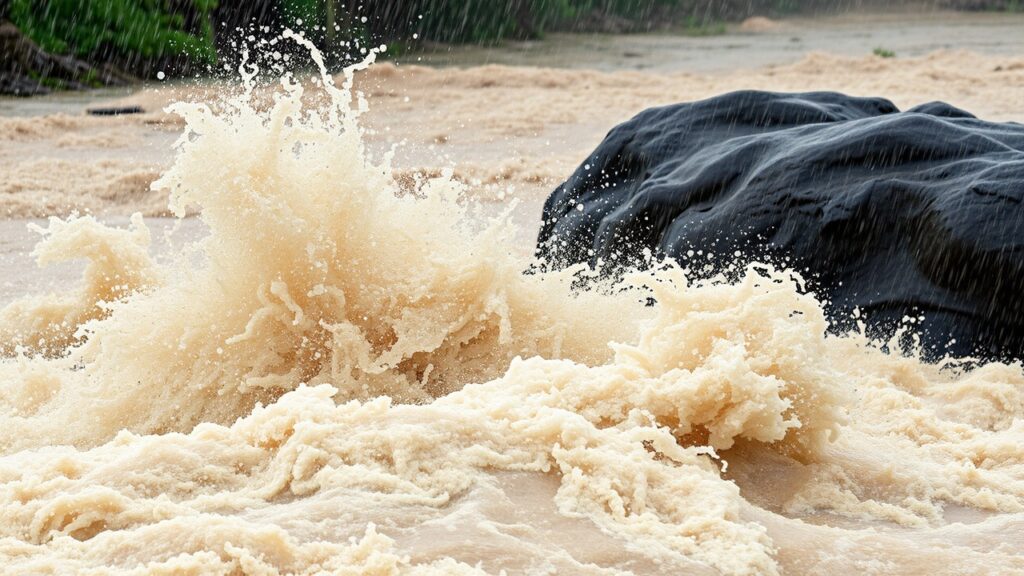
Overcoming Obstacles in Harnessing Rain Flood Water for Energy Generation
While the potential for harnessing rain flood water for energy generation is vast, there are several obstacles that must be overcome to realize its full benefits.
One such obstacle is the need for advanced technologies and infrastructure to effectively capture and convert the energy of rain flood water into electricity.
This requires significant investment in research and development to create innovative solutions that are both efficient and cost-effective.
Another obstacle is the need for effective integration of rain flood water energy generation into existing power grids and infrastructure.
This requires collaboration between government agencies, utilities, and private sector stakeholders to develop policies
and regulations that support the deployment of rain flood water energy generation technologies.
Additionally, efforts to educate and engage communities about the benefits of rain flood water energy
generation are crucial for building public support and overcoming resistance to change.
Furthermore, there are logistical challenges associated with deploying rain flood water energy generation technologies in diverse environments, from urban drainage systems to rural rivers and streams.
This requires careful planning and coordination to ensure that these technologies are effectively
integrated into existing infrastructure while minimizing disruption to natural ecosystems.
Future Opportunities for Utilizing Rain Flood Water as a Sustainable Energy Source
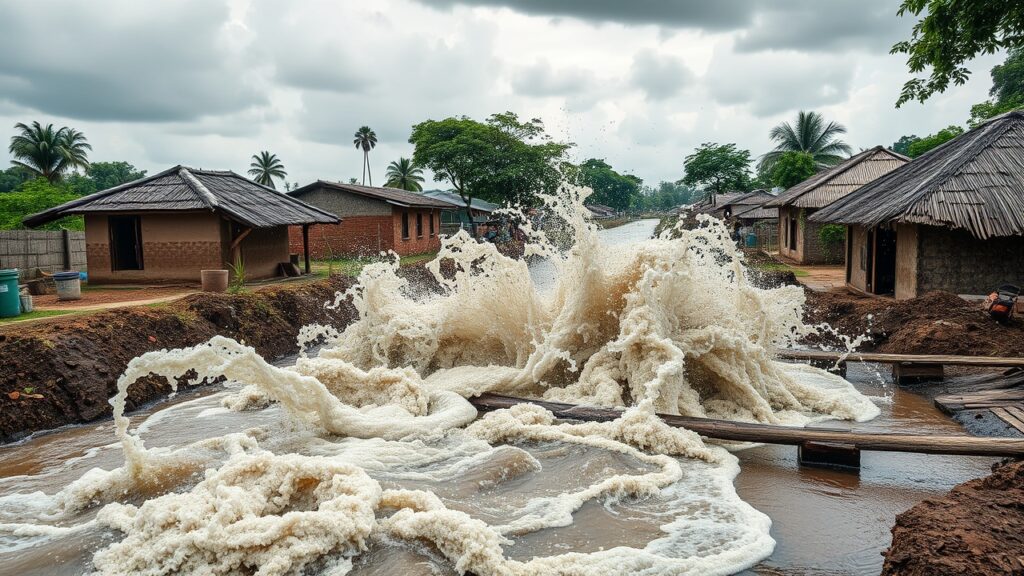
The future opportunities for utilizing rain flood water as a sustainable energy source are vast,
with potential for widespread adoption in diverse environments around the world.
In urban areas, where stormwater management is a critical concern, the use of rain flood water for electricity generation presents an innovative
solution that not only reduces the risk of flooding but also creates a valuable renewable energy source.
Additionally, advancements in turbine technology have made it possible to generate electricity from even small streams and rivers,
further expanding the potential for rain flood water energy generation in urban environments.
In rural areas, where access to traditional energy sources may be limited, the potential for rain flood water energy generation is even more significant.
By harnessing the power of flowing water in rivers and streams,
communities can create their own renewable energy sources, reducing their reliance on fossil fuels and improving energy security.
Furthermore, the use of small-scale hydroelectric generators can provide a reliable source of electricity for off-grid communities,
improving quality of life and supporting economic development.
Overall, the future opportunities for utilizing rain flood water as a sustainable energy source are vast,
with potential for widespread adoption in diverse environments around the world.
By tapping into this abundant and renewable resource,
we can create a more sustainable and resilient energy infrastructure that benefits both urban and rural communities.
With continued investment in research and development, as well as collaboration between government agencies,
utilities, and private sector stakeholders, we can realize the full potential of rain flood water as a valuable renewable energy source.
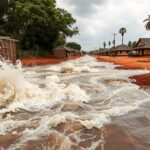

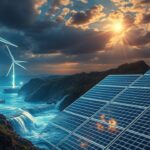


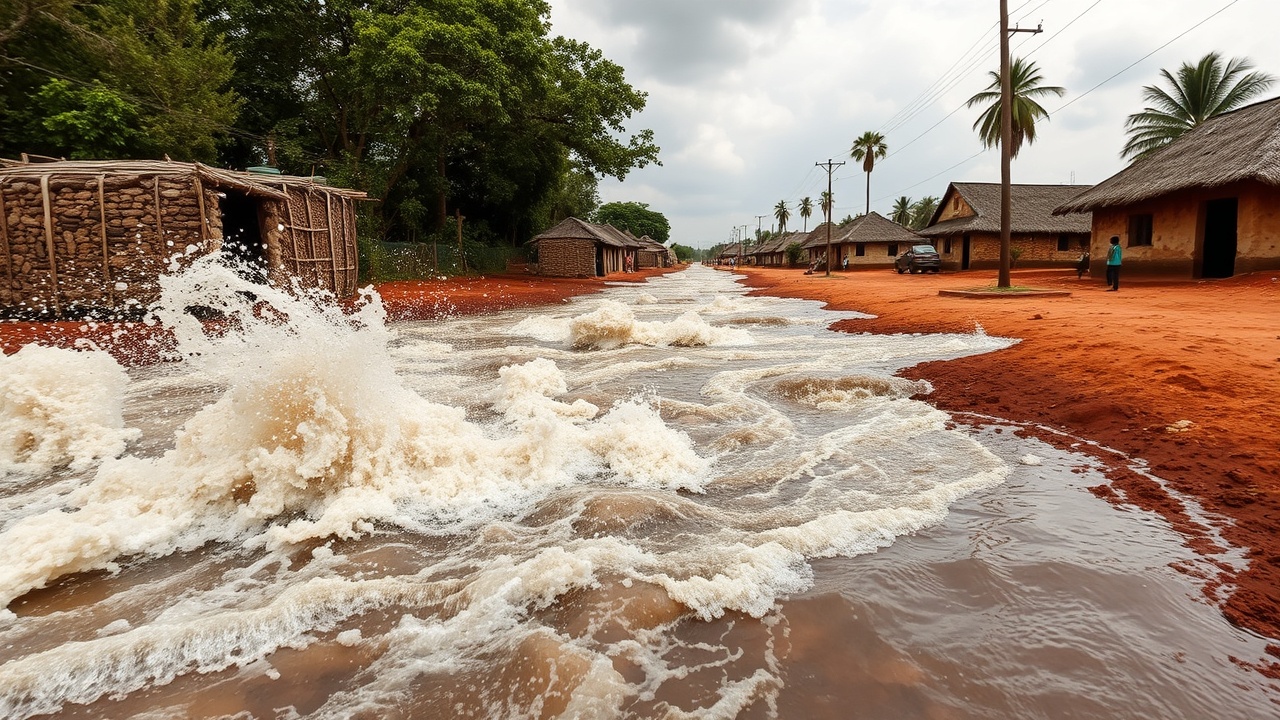
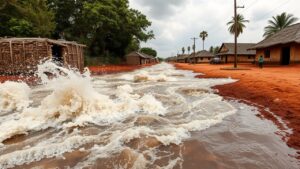

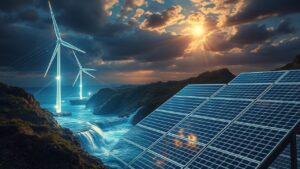

More Stories
The Promise of Artificial Photosynthesis in Renewable Energy
AI Pioneer & DeepMind CEO Demis Hassabis Wins 2024 Nobel Prize in Chemistry
Elon Musk’s Cyber Car: Driving into the Future